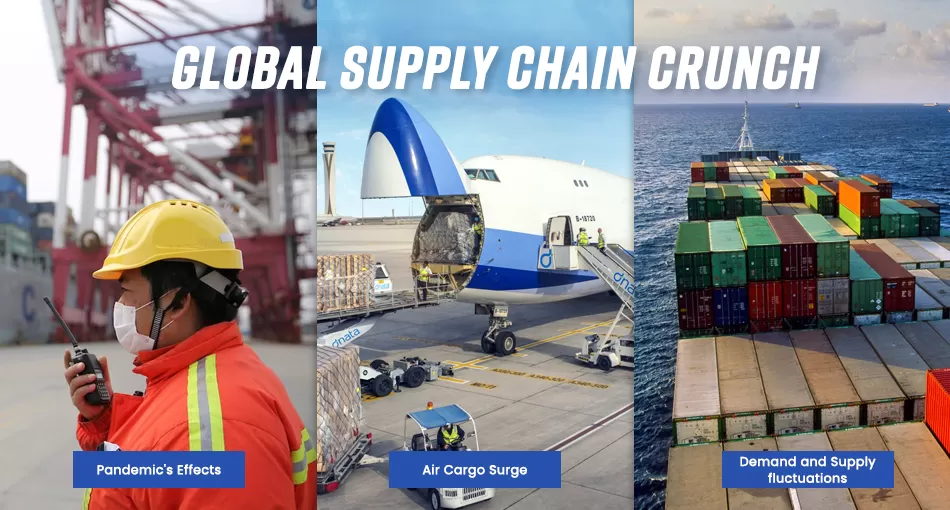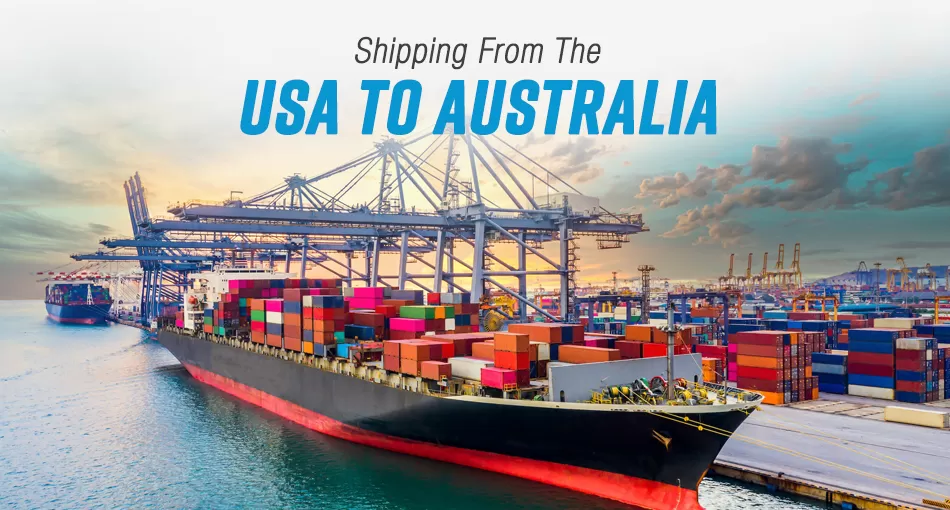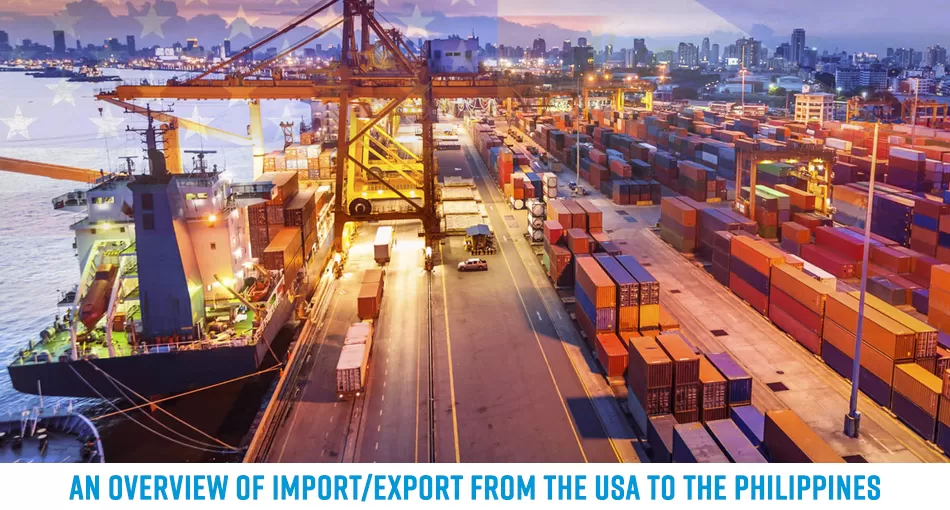Global shortages are indeed creating a snowballing effect on everything.
While the global economy begins to recuperate from the COVID-19 pandemic’s effects, the worldwide scarcity of supplies continues to worsen, affecting the country and a multitude of industries.
The panic buying is giving leading to an increase in shortage of raw materials, including copper, iron ore, steel, corn, coffee, etc. As a consequence of this, inventories of almost every raw material around the world are running low. Earlier, Tom Linebarger, chairman and chief executive of engine and generator manufacturer Cummins Inc., said, “You name it, and we have a shortage on it.” He also observed that his clients are “trying to get everything they can because they see high demand.”
According to the latest Bloomberg economist survey, US forecasters have dropped growth predictions for this year and lifted inflation expectations into 2022. The personal consumption expenditures price index is now predicted to rise 4% in the third quarter and 4.1 % in the fourth, exceeding the Federal Reserve’s target of 2% growth. It looks like a supply chain crunch that was supposed to be fleeting is now likely to last through next year as the surging delta variant upends industrial operations prominently in Asia and interrupts shipping, bringing significant shocks to the global economy.
Manufacturers facing shortages of critical components as well as higher raw material and energy costs are forced into bidding wars for vessel space, pushing freight rates to new highs and forcing some exporters to increase expenses or cancel shipments entirely.
According to Michael Wang, an analyst at President Capital Management Corp., 60 % to 70 % of shipping deals on the Asia-America route are done on a spot or short-term basis. As per him, auction-style pricing might last until the Chinese New Year in February 2022.
Car Tires are Flying First Class as a result of an Air Cargo Surge amidst the Supply Chain Crunch.
In the global air freight industry, about 90% of flights are operating at full capacity, transporting a multitude of commodities to free-spending consumers and parts-hungry businesses around the world at breakneck speeds.
Packing up planes is a challenge for shippers, airlines, and airports, as they approach the usual high peak season for delivering goods in the U.S. Overflowing airport cargo warehouses, overflowing commodities into off-site facilities, and increasing shortage of workers to organize, load, and unload jets, are some of the pinch points. At the same time, the biggest gateways are now congested. And, to alleviate congestion, the cabins of repurposed passenger jets are utilized for cargo.
Demand and Supply fluctuations will continue through the summer.
The Institute for Supply Management (ISM) and IHS Markit both issued manufacturing activity data reports. Both reports noticed that improving manufacturing conditions in the U.S. was evident in IHS Markit’s August PMI data, which was released on Wednesday. “The expansion was backed by steep upturns in production and new orders, despite being significantly lighter than that experienced in July.”
PMI recorded a score of 61.1 in August, a four-month low for the series, but still one of the most substantial readings in the recent 14 years for the purchasing managers’ index (PMI). Any value above 50 implies that the manufacturing sector is expanding; a reading below 50 suggests that the manufacturing industry is declining.
“Panelists said that their organizations and suppliers continue to struggle at unprecedented levels to meet rising demands,” according to Tim Fiore, chair of the ISM’s manufacturing business survey committee.
“Record-long raw-materials lead times, ongoing shortages of critical basic materials, rising commodity costs, and transportation challenges are affecting all segments of the manufacturing economy,” Fiore added. However, he emphasized that familiar themes, such as a labor shortage and continuous global supply bottlenecks, are colliding with the pandemic’s relentlessness.
Supply-chain bottlenecks are likely to persist, according to experts.
Douglas Kent, executive vice president of the Association of Supply Chain Management, informed Transport Topics that resolving supply chain issues will take some time and urged patience.
According to IHS Markit transportation economist Paul Bingham, the partial stoppage at the Chinese port will undoubtedly have an impact on U.S. supply chains next month. “These disruptions are occurring in an already overburdened system with no spare capacity or time to compensate for delays,” he said.





